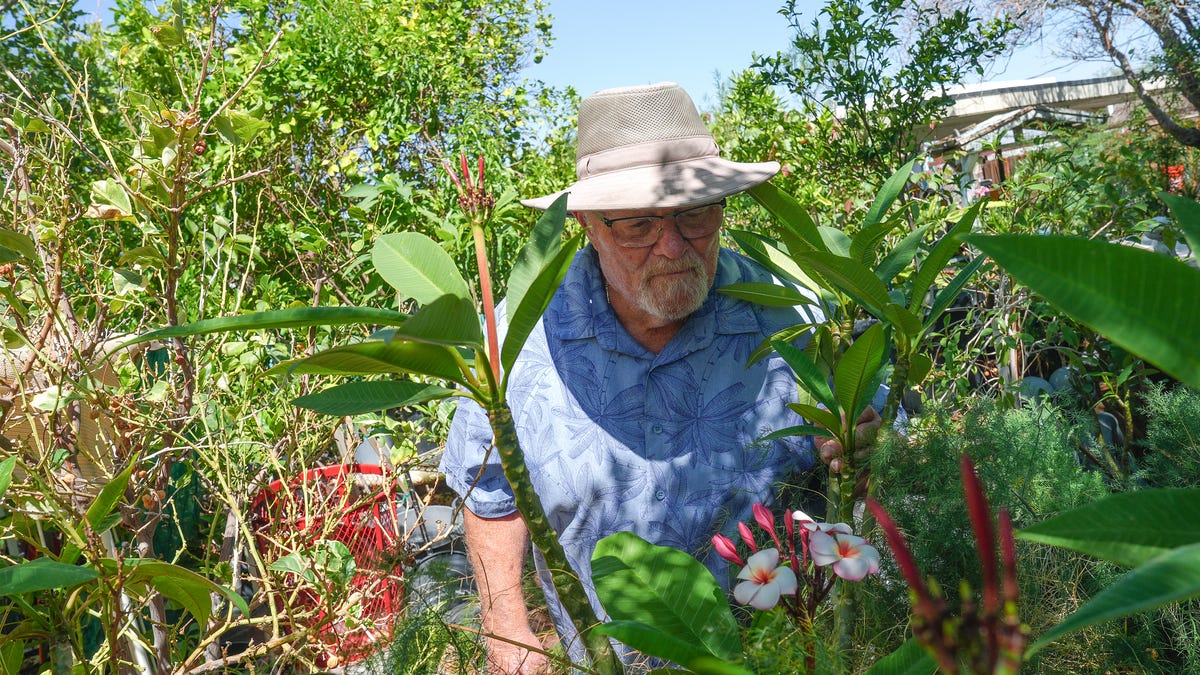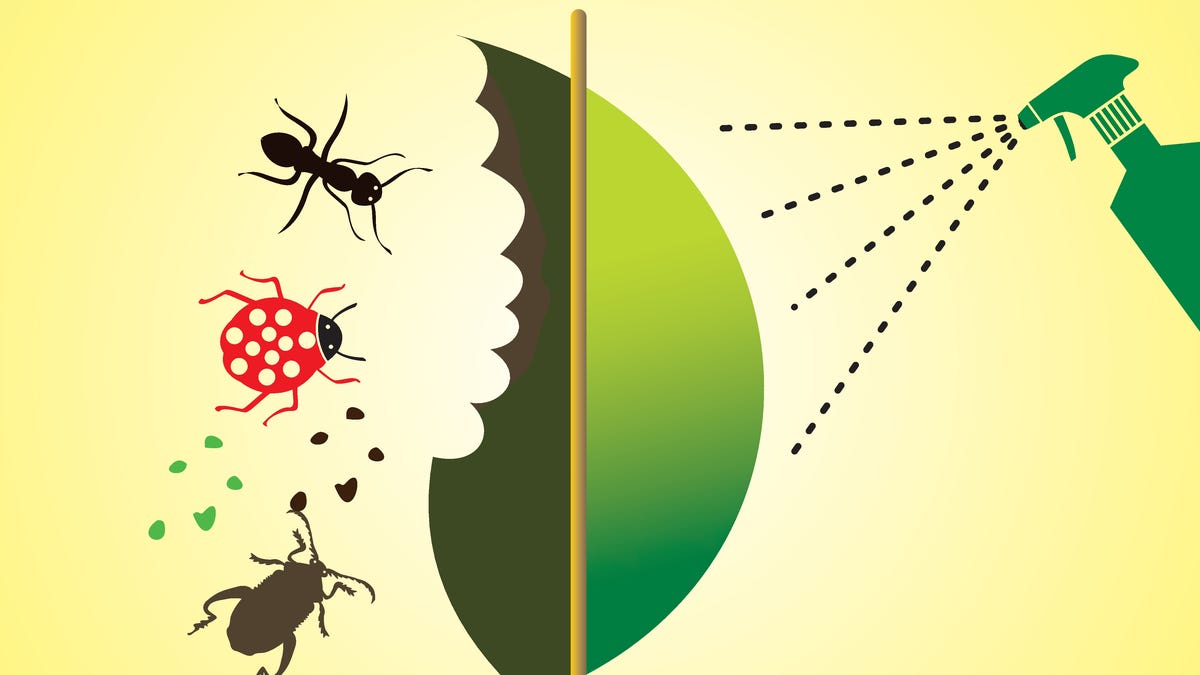Back in the day, gardening ended in fall and didn’t resume again until the winter-long snow cover melted in March.
We can still get some very cold blasts and some heavy snow dumpings this month, but the prevailing scenario lately for Harrisburg Februaries is at least a few stretches of white-free, above-freezing days.
Last February, for example, temperatures ran five degrees warmer than usual and even topped 61 degrees for three days at the end of February 2024. The month saw only one significant snow (7.7 inches on Feb. 13, 2024).
These spurts of warmth give eager gardeners a chance to get outside and get some jobs done to lighten the traditional March/April load.
Eight possibilities:
1.) Yank weeds. Besides perennial weeds that you didn’t dispatch last year, ASAP is a good time to get rid of the new weeds that weren’t there the last time you looked.
So-called “winter annual weeds” germinate in the cold of fall and even winter and are already out there, waiting to resume growth. Examples are chickweed, henbit, purple deadnettle, speedwell, and prickly lettuce.
Herbicides don’t work very well this time of year, but weeds are easier to remove now whenever the ground is soft and unfrozen.
2.) Edge the landscape beds. Soft, thawed winter soil also makes neatening garden beds easy.
Use a shovel, ice-chopper, half-moon edger, or similar long-handled tool to carve the bed perimeters and keep turfgrass from encroaching. Compost the edgings that you’ve removed.
3.) Go lanternfly egg-hunting. You’ll reduce this year’s would-be population of spotted lanternflies by scouting for and smashing overwintering eggs of this grape-killing, pinky-sized, gray pest with the red-orange wings.
The masses look like smears of grayish-brown mud and contain rows of small eggs, each about the size of a pencil point.
Check the trunks of favored trees, such as red maple, silver maple, willows, the weedy tree of heaven, but don’t overlook lawn furniture, fences, rocks, logs, and even the wheel wells of cars since lanternfly adults aren’t terribly picky about egg-laying sites.
Penn State researchers advise the nontoxic, free, and satisfying method of smashing egg masses with an old credit card, putty knife, or stick – or scraping the masses into a container filled with rubbing alcohol or hand sanitizer. (Don’t just scrape the egg masses onto the ground because they can still hatch there.)
- Read George’s column on a four-point plan to beat lanternflies
4.) Check recently planted shrubs and perennials to make sure the rootballs haven’t pushed partly out of the ground due to alternate freezing and thawing.
If that’s happening, tamp them back down ASAP and add two inches of mulch (fallen leaves will do) around them to moderate additional soil-temperature swings.
5.) Clear twigs off the lawn and blown-in trash from the garden beds. Just try to stay off of beds as much as possible because it’s easy to compact winter’s thawed and often-wet soil.
You can also remove last year’s browned-out foliage and spent flowers, but consider letting this stand to feed birds and give them nest-building material. Spent plant material also helps insulate winter soil and reduce erosion.
If you feel you must clean the beds now, pile up the material in an out-of-the-way place (rather than bag and toss it) until beneficial insects hatch later in spring.
6.) Prune selected trees. Winter is a good time to prune and thin branches out of shade trees as well as inspect trees for animal damage and other problems. Limbs are easier to see with the leaves off.
Especially remove branches you can reach from the ground that have been cracked or broken by snow and ice. Call a tree company if you notice any hazards or higher-up problems, such as breaks, cracks, and signs of rotting.
- Read more on how to detect when trees might be in trouble
- See George’s video on pruning trees in winter
7.) Spray the fruit trees. If you’re growing fruit trees, those also can be pruned in February and sprayed with a dormant-oil spray to control overwintering bug eggs.
Wait until an above-40-degree day to do your oil spraying.
8.) Address hardscape issues. Even if you can’t do much with plants, have a look at what repairs or improvements the non-living parts of the landscape might need.
Fence repairs? Any pavers or wall blocks that ought to be leveled or reset? Any work needed to arbors, trellises, and such?
Maybe even a revamp/reorganization of the shed/garage is in order.
- Read how snow can be helpful to plants… or not
- More when-to-do-what tips: George’s “Pennsylvania Month-by-Month Gardening” book









